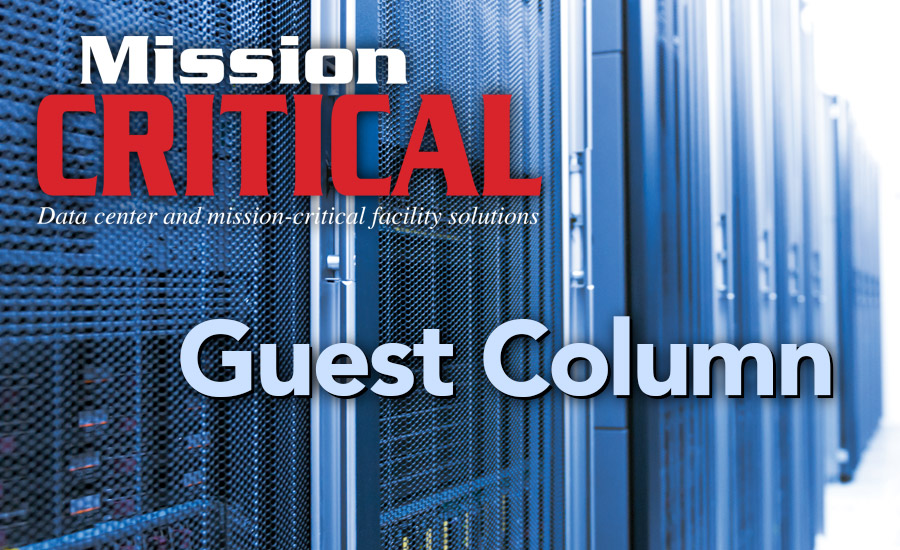Consider online content videos. According to comScore, more than 188 million Americans watched over 52 billion online content videos in December 2013, and eight in 10 European internet users (338 million people) accessed an online news site in September 2013. The highly competitive media landscape means sites cannot compromise on performance. If there’s excessive latency, users will simply turn to another media outlet for their online entertainment, news, and video-on-demand.
To meet the increasing QoS expectations of high-bandwidth businesses and deliver efficient services, connectivity providers and internet service providers (ISPs) must ensure their carrier backbone is robust and resilient. To do so, connectivity providers need the right carrier-neutral data center (CNDC) provider to host their network infrastructure and systems, whose approach will provide them with the maximum benefits.
Four important factors connectivity providers should look for include:
• No internal competition from the CNDC
In the context of a CNDC, “neutral” means that the data center operator is completely independent of the connectivity providers that are colocating within it. Unlike other data center providers that may compete with connectivity providers for customers, a reputable CNDC acts as a broker to their customers and remains completely neutral. They merely provide the space, power, and cooling, as opposed to also offering competing or packaged services. Customers are free to contract directly with the providers of their choice.
For CNDCs that don’t compete with providers, a wide range of connectivity and communication service providers are attracted into their facilities. For other businesses, this means the widest choice of fixed and mobile carriers, ISPs, internet exchanges, content distribution networks (CDNs), and others, all competing to deliver the best connectivity performance, service, and price for their applications and content. For carriers, this also means a huge market for potential new customers.
• Communities of interest for ROI
Some CNDCs develop and deploy a focused growth strategy, which benefits connectivity providers in return. They specifically target magnet customers within bandwidth-hungry sectors that are known for high demand for connectivity services, including financial services, cloud computing, and digital media. With these magnet customers established — the Yahoos and Googles of the digital media world, for instance — CNDCs gradually attract other industry players in each market segment who will want to build business relationships with magnets to form communities of interest. These communities of interest act as central hubs of both connectivity and revenue-making ventures. For instance, cloud hubs aggregate a wide range of hosters, infrastructure providers, hyperscale platforms, and software providers under one roof; similarly, finance hubs are home to exchanges, clearing houses, commercial and investment banks, brokers, proprietary trading firms, insurance firms, and other key financial vendors.
Most importantly, each hub is also directly connected to Tier 1 access networks, CDNs, internet exchanges, and all other carriers. These connectivity options are absolutely essential to the success of community members because they enable them to reduce networking costs and optimize their delivery to customers. An added benefit is, on the basis of neutrality, each member has the option of diversifying carrier use. Ultimately, the more each community of interest expands, the greater the demand for connectivity becomes, the greater the connectivity providers’ return on investment.
• High-density campus model
Some leading CNDCs are structured in a high-density campus model within center-city locations, a model that further benefits connectivity providers. Whereas data center locations outside of key metro areas are sparsely populated, the CNDCs in metro hubs provide connectivity providers immediate access to a new pool of prospective customers just by putting a PoP in one facility location. Not to mention, existing customers have a much shorter distance to connect the carriers given their close proximity.
• House leading internet exchanges
Leading CNDCs also host the world’s leading internet exchanges — the locations that facilitate interaction between network operators. Network operators exchange traffic through internet exchanges, thereby cutting costs (through reduced IP transit expenditure), raising revenues (through partnerships), increasing security and resilience, mitigating risk, improving resilience, and optimizing network performance and system performance. And because CNDCs are not themselves internet exchanges — just as they do not offer connectivity services — they have no bias or conflict of interest regarding peering arrangements. Instead, they work with the exchanges to expand their individual customer bases.
CARRIER-NEUTRAL AND CARRIER-FRIENDLY GO HAND-IN-HAND
High-speed internet access is available to most U.S. and European households, causing people to become accustomed to a high level of digital services from providers.
The evolution of the digital landscape and the ubiquity of electronic communication among endusers will increase enduser demand for high levels of service delivery and QoS, which in turn, will create a greater need for vibrant communities of interest. These hubs, made up of a wide range of connectivity providers, will facilitate and support these businesses as they transact with endusers. CNDCs are ultimately the ideal location for connectivity providers to do business.




